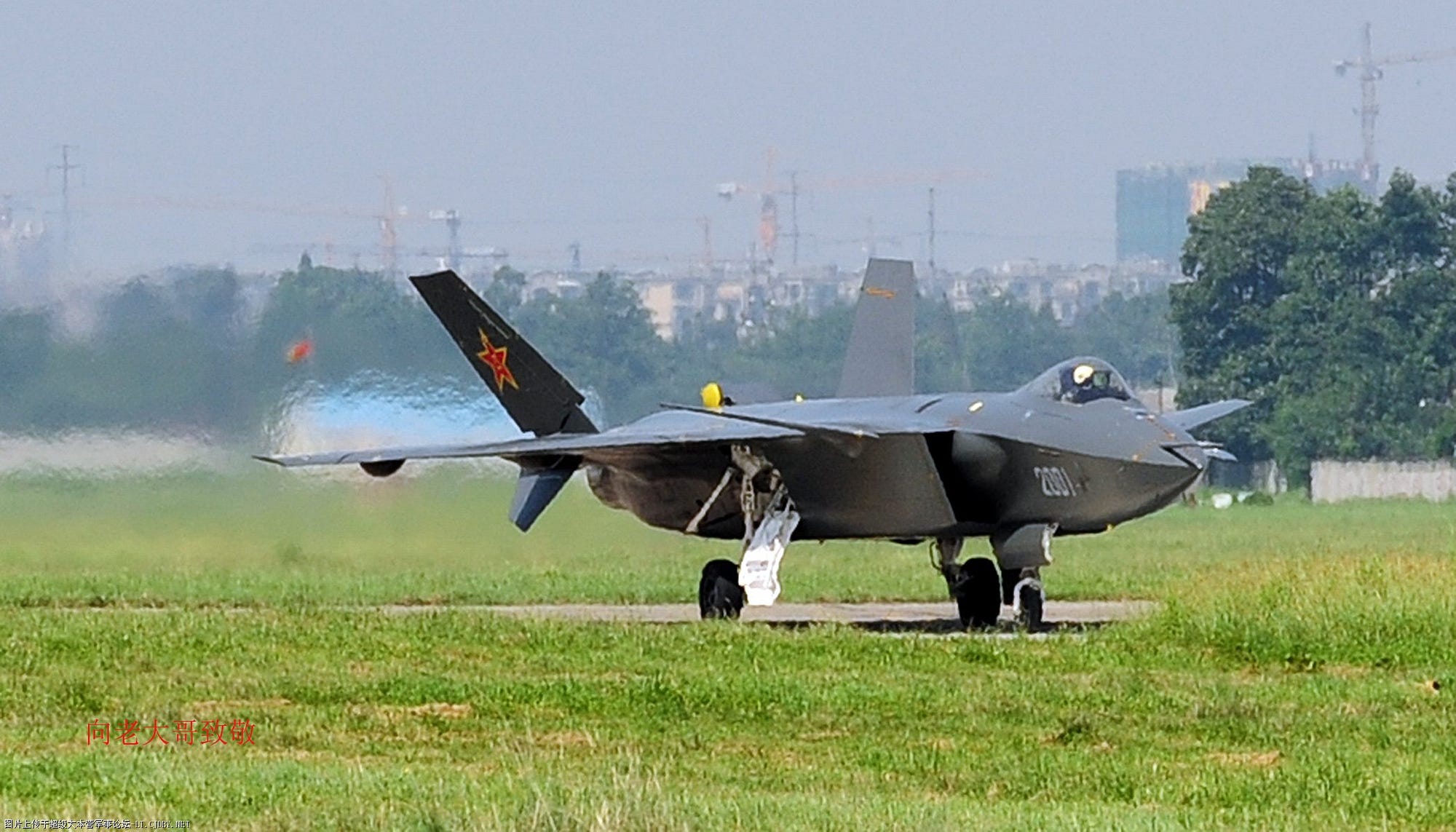by ROBERT BECKHUSEN
There’s aircraft designers, and then there’s ace designers. There are thousands of engineers around the world producing planes, but ace designers only come along once every few decades.
The United States had
, the designer of the
. Germany’s
produced a line of famous fighter planes. The Soviet Union’s
created the muscular
to compete with America’s
.
Each of these aces were highly skilled, but they also owed much of their success to circumstance. They came along when their respective governments invested millions — or billions — of dollars into transforming brainpower into cutting-edge combat aircraft.
This intersection of engineering genius and lavish spending appears to have produced an ace designer in China. In recent years, an obscure engineer named
has rapidly risen to the leadership of the
— a major warplane manufacturer responsible for quickly churning out Beijing’s top warplanes.
Yang is principally responsible for two fighter jets that we know about. One of these is the
, China’s first stealth fighter. He also headed the development of the
, a modern and evolutionary improvement of the early MiGs developed by the
a half-century ago.
What we know about Yang is that he was born in 1963, and enrolled at the
in 1978 at the age of 15. He completed two degrees and became a control systems engineer at Chengdu.
In a 2011 profile, the state-owned journal
described Yang as the brains behind China’s 1980s innovations in electronic fly-by-wire controls. The journal credited him with implementing “
” tests for aircraft, “breaking the blockade of foreign technology.”
This is overstated, but there’s no doubt Yang is highly influential. By the age of 35, he rose to Chengdu’s leadership and worked on the
, one of China’s most numerous warplane types. The J-10 was a tricky aircraft to build and was beset by numerous design flaws, including a notable failure in its fuel system in the late 1990s. But Yang’s solutions later worked their way into the JF-17; a practice known as “parallel development”, according to the journal.
In other words, what Yang seems to have done is establish an alternative philosophy to Western fighter design — illustrated by the stealthy, but
. China now builds fighters cheaply, quickly and simply. This is not to say Yang’s fighters are perfect or even fundamentally
new.
Above — a Chinese J-20 stealth fighter. Photo via Chinese Internet. At top and below — Pakistan’s Chinese-designed JF-17. Photos via Pakistan Defense
JF-17
The JF-17 Thunder is a very interesting plane, if you like modern takes on classic Soviet-era fighters. You should.
The lineage is one the most interesting things about it. An upgrade of China’s
— itself a copy of the workhorse
— the Thunder is indicative Chengdu’s evolutionary approach to fighter design. The JF-17 traces its basic framework all the back to the 1950s. Plus, at $25 million per unit, it’s a bargain compared to a $200 million F-35.
Chengdu designed this multi-role fighter — which can dogfight and attack targets on the ground — for export to the
.
The Thunder is
to the American
, which is also in service with the Pakistani air force, but which cost twice as much per unit. The Thunder is not a stealth fighter. Far from it. But if an
, then so can a JF-17.
This isn’t your grandfather’s MiG-by-another-name. For one, it has improved wings for greater maneuverability and a powerful
. Another key difference is the shape of the nose. If you look at a MiG-21 or J-7, each has a rounded, inward-protruding engine air intake. This made sense when these fighters came about in the 1950s and 1960s, respectively, as both types had limited fire-control radars.
But as Chinese radar technology advanced, Chengdu moved the Thunder’s air intake into its fuselage, freeing up room for the Chinese-made
— which has capabilities for both air-to-air and air-to-ground strikes.
Then there’s the weapons. The fighter can carry quite a lot of weapons; about 3.6 tons worth. It’s capable of firing beyond-visual range missiles and the
— designed to hit American aircraft carriers from 180 kilometers away. In Pakistani hands, the Indian Navy should worry.
In short, the JF-17 is cheap, powerful and doesn’t try to reinvent the wheel. It’s not going to transform air warfare. But it’s inexpensive and deadly enough for an air force on a budget to find attractive, especially if the alternative is a bank-breaking Western stealth jet.
Pakistan is the only current user, but the Thunder has emerged as Islamabad’s go-to fighter since it became operational in 2007. Part of this is political, as there’s a limited base of customers for jointly-developed Chinese and Pakistani fighter planes.
For China’s aviation industry, the continued reliance on foreign parts — and particularly engines — is one of its biggest liabilities. Beijing’s ace fighter designer might never overcome that.



